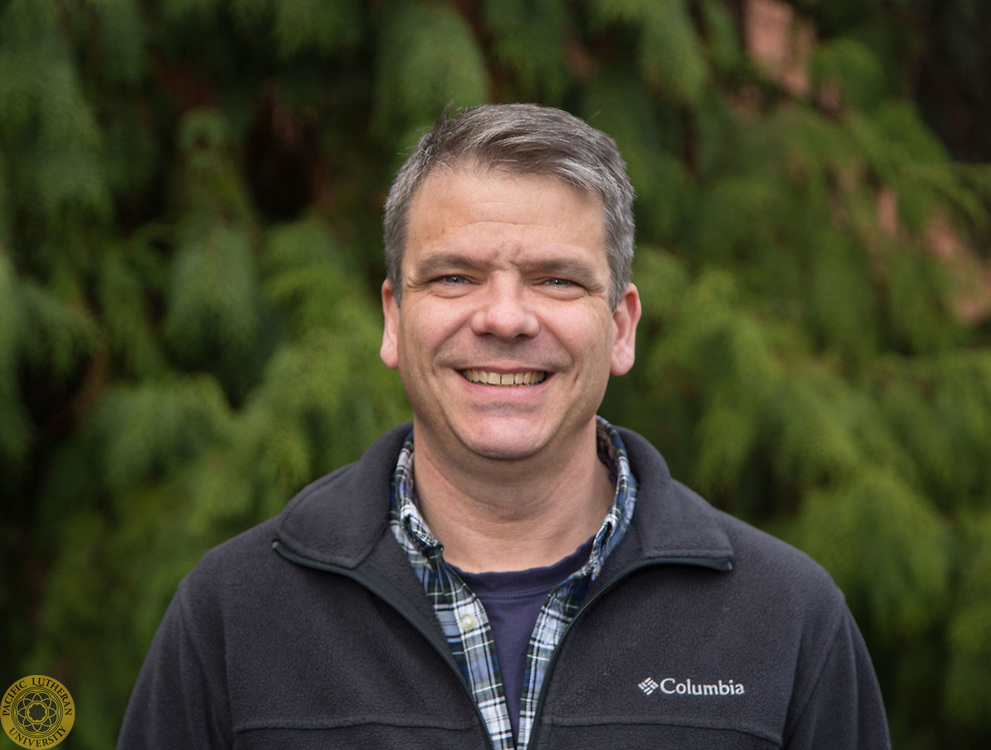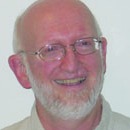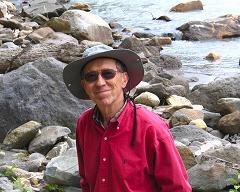Page 1 • (8 results in 0.078 seconds)
-

Associate Professor of Earth Science | Earth Science | davispb@plu.edu | 253-535-5770 | I graduated in the spring of 2008 from the University of Minnesota, Twin Cities with a Ph.D.
Expertise Metamorphic Petrology Mineral Chemistry and Microstructure Structural Geology and Tectonics Biography I graduated in the spring of 2008 from the University of Minnesota, Twin Cities with a Ph.D. in Geology and Geophysics under the direction of Dr. Donna L. Whitney on lawsonite eclogite and blueschist exposures in west-central Turkey. My masters, from the University of Massachusetts, Amherst 2003, was carried out under the direction of Dr. Michael L. Williams on mesoproterozoic mid-crustal
Office HoursTue: 12:00 pm - 1:00 pmWed: 10:00 am - 11:00 amMon - Fri: -Area of Emphasis/Expertise -
1:45-2:00pm, Grayson Nottage Texas Water Mitigation 2:00-2:15pm, Caelan Colescott Examining the Impact of Gentrification on Urbanization and Ecological Indicators in Watersheds 2:15-2:30pm, Juj
Earth Science Capstones 2023 Thursday, May 11th 1:45-2:00pm, Grayson Nottage Texas Water Mitigation 2:00-2:15pm, Caelan Colescott Examining the Impact of Gentrification on Urbanization and Ecological Indicators in Watersheds 2:15-2:30pm, Juj Navidi Assessing and Mapping Secondary Lahar Risk on Mt. Rainier 2:30-2:45pm, Francois Lalague Comparing Metamorphic Facies Across the Straight Creek Fault 2:45-3:00pm, Autumn Johansen Comparison of Phytholith and Carbonate (δ13C) data used as a proxies for
-
Major in Earth Science 34 semester hours in the following earth science courses, plus 4 semester hours in supporting courses The bachelor of arts degree is the minimum preparation for the field and
change, past and present, including the impact of climate changes on earth systems, and the disproportionate impact these changes will have on communities around the globe. Prerequisite: ESCI 201. (4) ESCI 345 : Tectonic Petrology This class introduces igneous and metamorphic petrology by following rock compositions through several tectonic processes to see how petrology can be used to better understand large-scale tectonics. Students will interpret rock samples and 8 datasets to produce a
-

Professor Emeritus | Earth Science | benhamsr@plu.edu | Dr.
Bachelor of Science degree in Geology from Washington State University. He went on to pursue a Master of Science and a PhD in Geology from Indiana University, where he studied carbonate petrology and calcareous algae in the Florida Keys. Prior to coming to PLU, Steve taught at Ball State University in Muncie Indiana, the College of William and Mary in Williamsburg, Virginia, and the University of Missouri, in Kansas City, Missouri. He also worked in the exploration and mining industry, specifically in
Contact Information -

Professor Emeritus | Earth Science | Brian E.
his expertise, he arranged a collaborative relationship with the University of Puget Sound that allowed PLU students to take courses to complete their geology major. Brian has traditionally taught the fundamental upper division ‘hard rock’ courses in Petrology, Optical Mineralogy, Structural Geology, Mapping, and Geologic Field Mapping. He is noted for teaching with great enthusiasm and is legendary for his hand-drawn complex multicolored classroom illustrations. He is committed to rigor and
-
either CHEM 104 or 115 or consent of instructor. (4) ESCI 342 : Climate and Earth Systems Study of climate and climate change, past and present, including the impact of climate changes on earth systems, and the disproportionate impact these changes will have on communities around the globe. Prerequisite: ESCI 201. (4) ESCI 345 : Tectonic Petrology This class introduces igneous and metamorphic petrology by following rock compositions through several tectonic processes to see how petrology can be used
-
textural relationship with bytownite was found within the containing rock suggesting a metamorphic process up to greenschist facies. Veining texture within the permineralized wood, metamorphic minerals, and an increased bulk composition of CaCO3 suggest possible hydrothermal alteration. USGS map does not correctly identify the lithological unit at this location.View Max-Henry's poster here. Analyzing Biogenic and Abiogenic Carbonate Dissolution in Ocean-Floor Sediments Bryan Schermerhorn Around the
-
All Courses AICE 276 : Part-Time Internship A supervised educational experience in a work setting on
Do you have any feedback for us? If so, feel free to use our Feedback Form.


